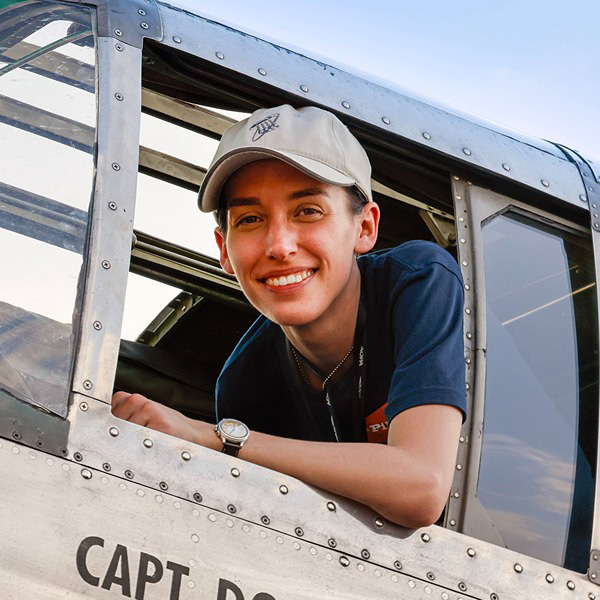Piper J 3 cub
Back to our roots

This iconic little yellow airplane with black trim has been the training platform for thousands of pilots—military and civilian—for more than eight decades and remains a popular classic today.
Cubs started out as a civilian pilot trainer, but the demand for new pilots during World War II launched the Civilian Pilot Training Program (CPTP), which used the Cubs as trainers and drove up demand for new aircraft. At the wartime peak of its production, a new Cub left the factory every 20 minutes. By 1941, a third of all general aviation aircraft were Cubs, and 75 percent of all pilots in the CPTP were trained in Cubs. When production ended in 1947, nearly 20,000 Piper J–3s had been built.
Equipped with two tandem seats and 65 or 85 horsepower, Cubs were designed to be economical and easy to fly and maintain. They quickly became popular as trainers for their tame and pleasant handling characteristics while also teaching a pilot stick and rudder skills, energy management, and how to interpret physical sensations and shifting winds. Memorizing important airspeeds is simple: Best climb, approach, and glide speed are all 60 mph, and a high-power cruise will get you to a rip-roaring 70 to 80 mph. A standard J–3 typically has very few instruments on the panel: an altimeter, airspeed indicator, a tachometer, and oil temperature and pressure gauges. Fuel level is visually indicated by a small metal rod attached to a float bobber at the top of the fuel tank extending out of the cowling—as the amount of fuel decreases, the rod will lower. Most J–3s do not have electrical systems, which means you’ll be rigging a handheld radio for communications and learning how to start the aircraft by hand-propping.
Despite the little bit of extra effort it takes, the Cub remains well loved by many for its simple joys of low-and-slow flying, friendly-looking appearance, and the grassroots heritage it represents.



